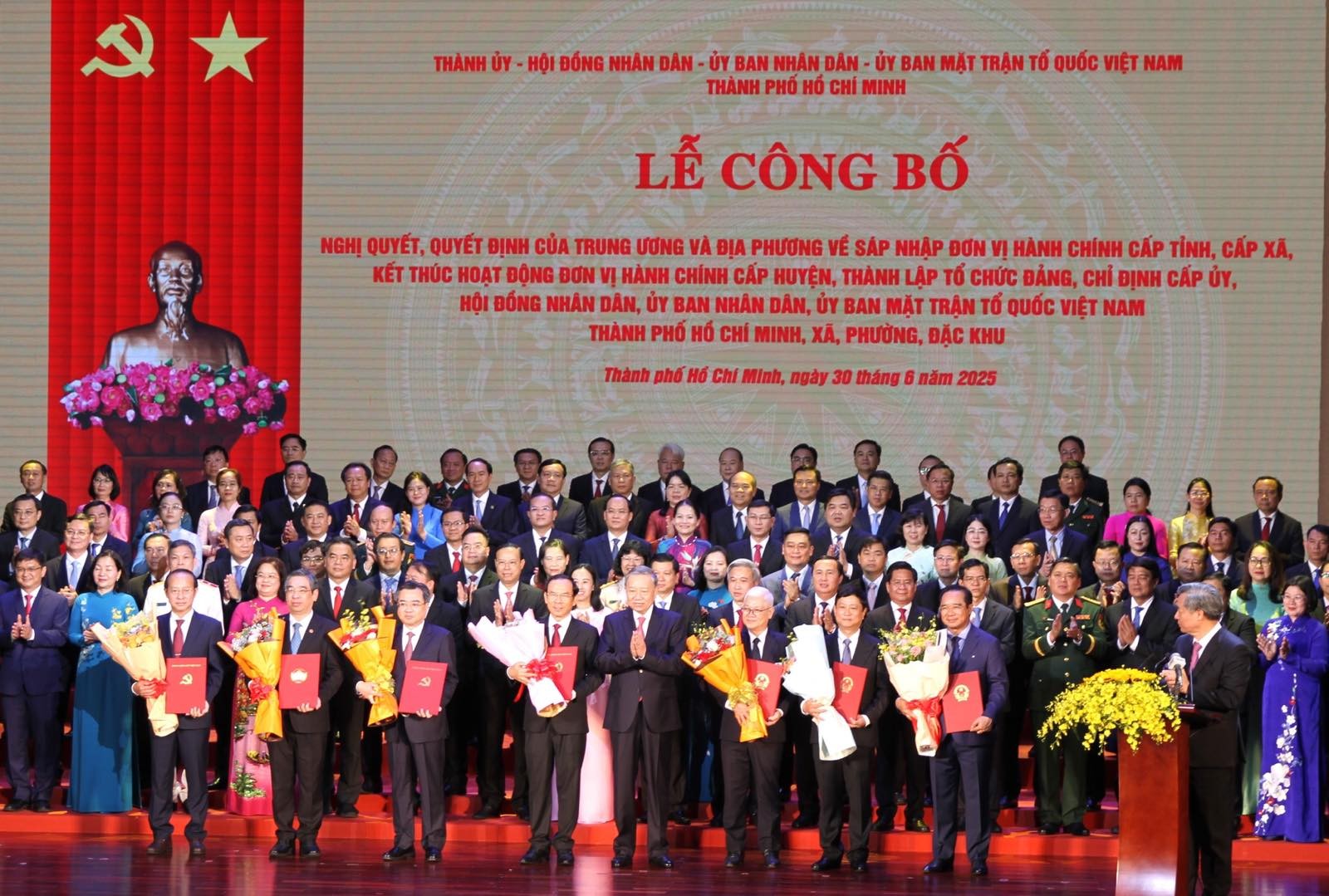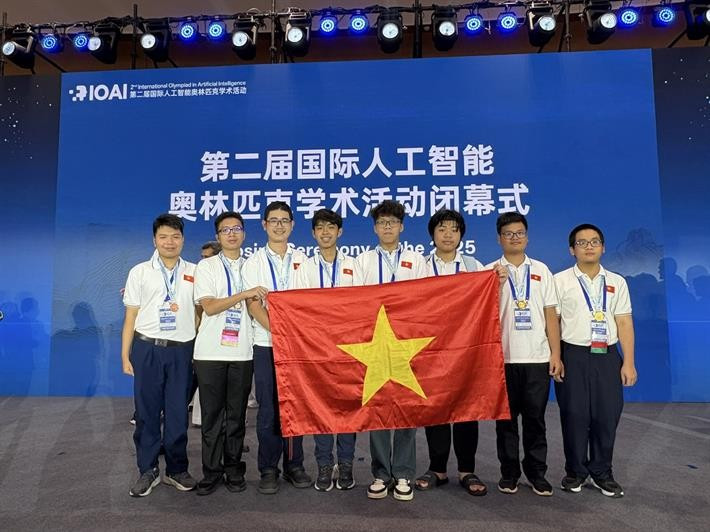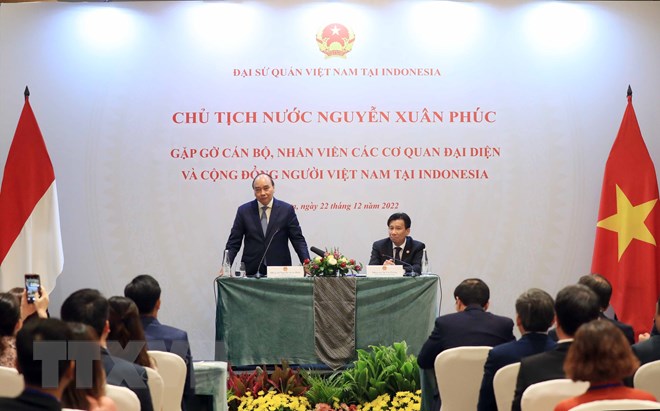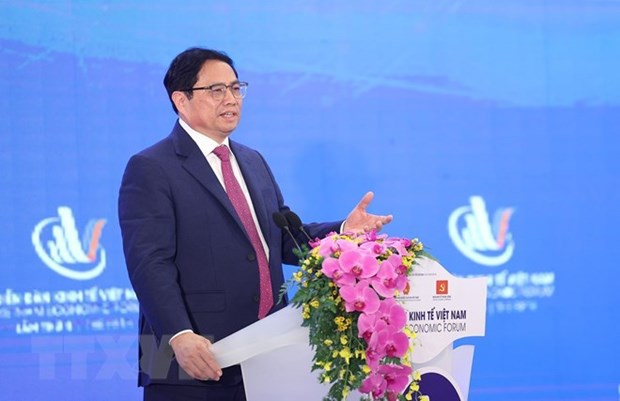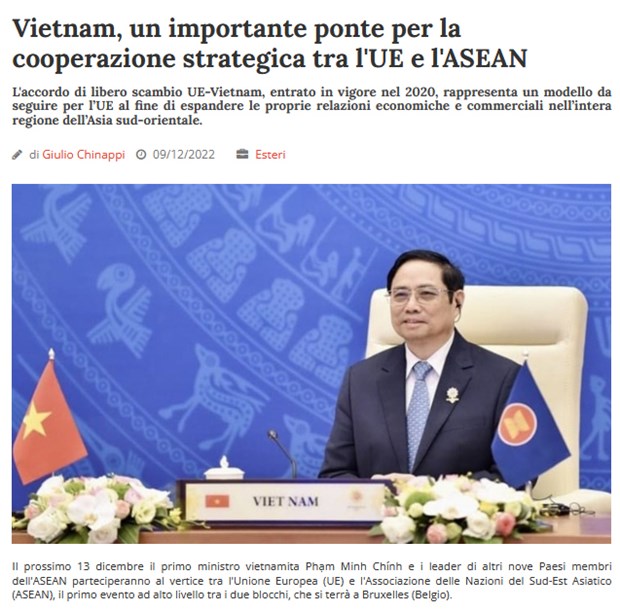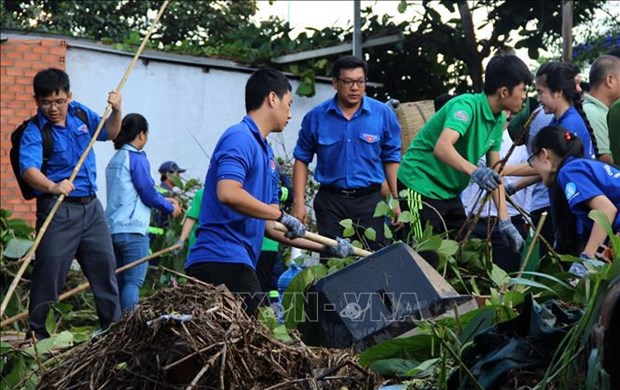Garments and textiles is one export industry likely to catch up with trends quite quickly.
Greening from raw materials to promote sustainable and environmentally-friendly development must be ensured, but the percentage of “green” products that meet market standards, especially in European countries, remains relatively low, at only about 5%.
Previously, green and sustainable standards were only seen in high-end segments, but they have now become a common requirement in many major export markets.
Given such trends, businesses have been urged to change their mindset and strategies and pay greater attention to green global supply chains.
Vietnam holds a great deal of potential to develop a green economy, from clean energy sources to production materials that can meet the green criteria of export markets. However, the high investment cost for green production means the presence of green products remains quite modest.
Developing and introducing mechanisms and policies on green standards for the economy are significant to form green supply chains, according to Vu Ba Phu, Director General of the Trade Promotion Agency at the Ministry of Industry and Trade.
Once mechanisms and policies have been developed, the Ministry of Industry and Trade will coordinate with other relevant ministries and sectors to implement a programme on supporting capacity building at Vietnamese enterprises, especially exporters, so they can meet the green trade, green supply chain, and manufacturing standards imposed in export markets./.
Q.Hoa t.h / TTXVN

